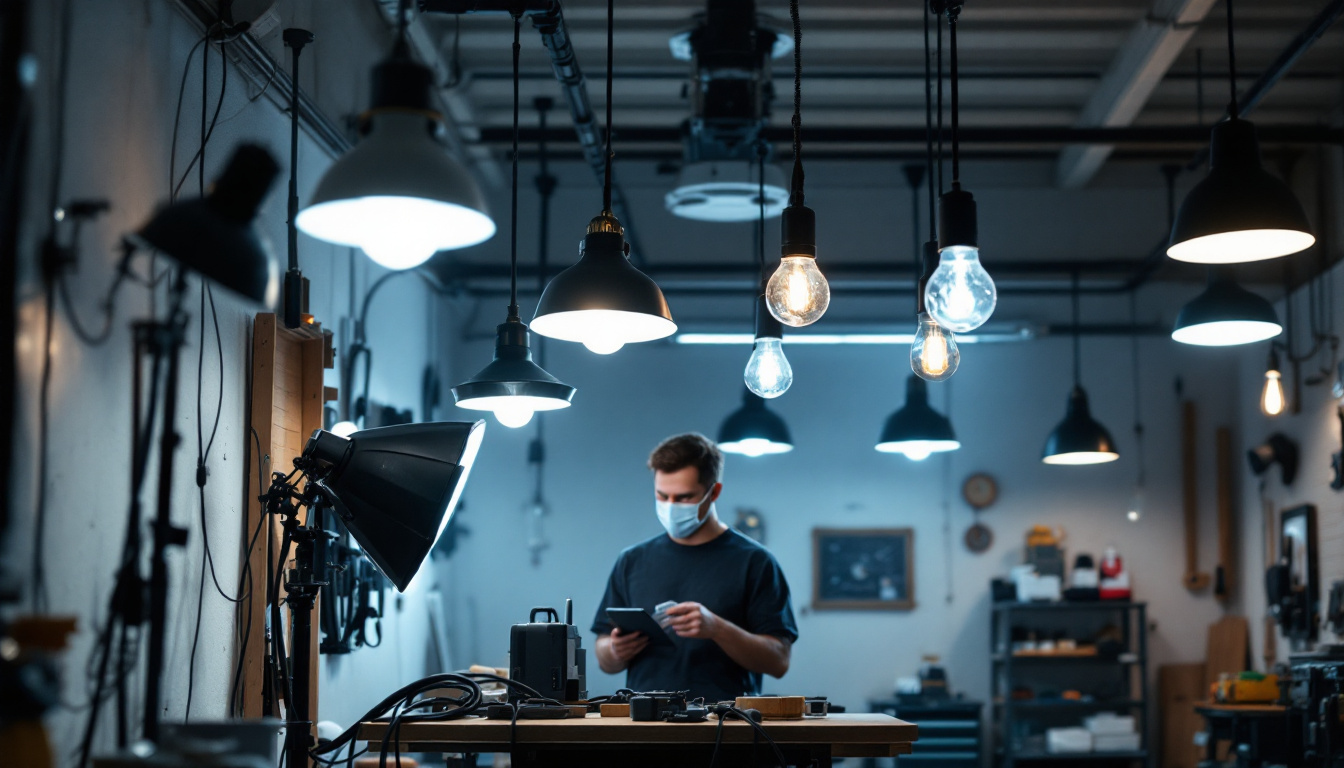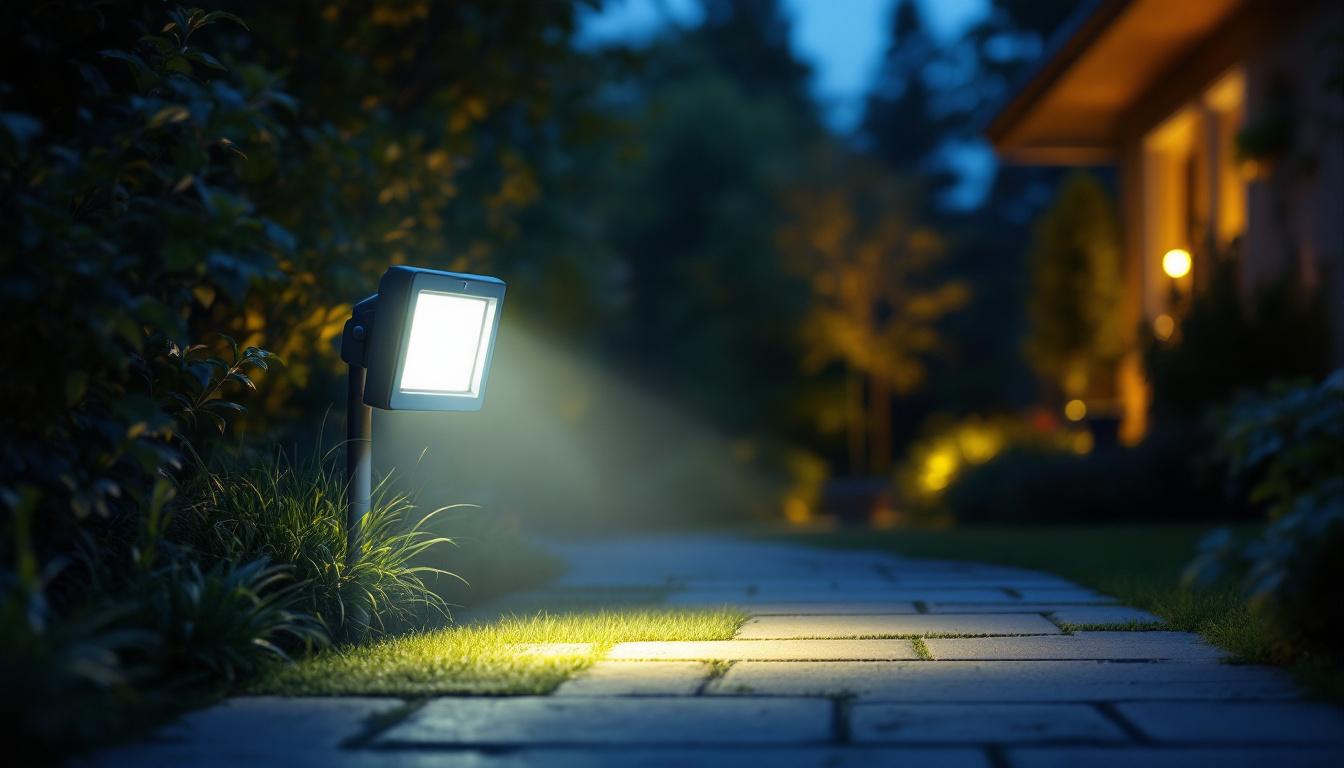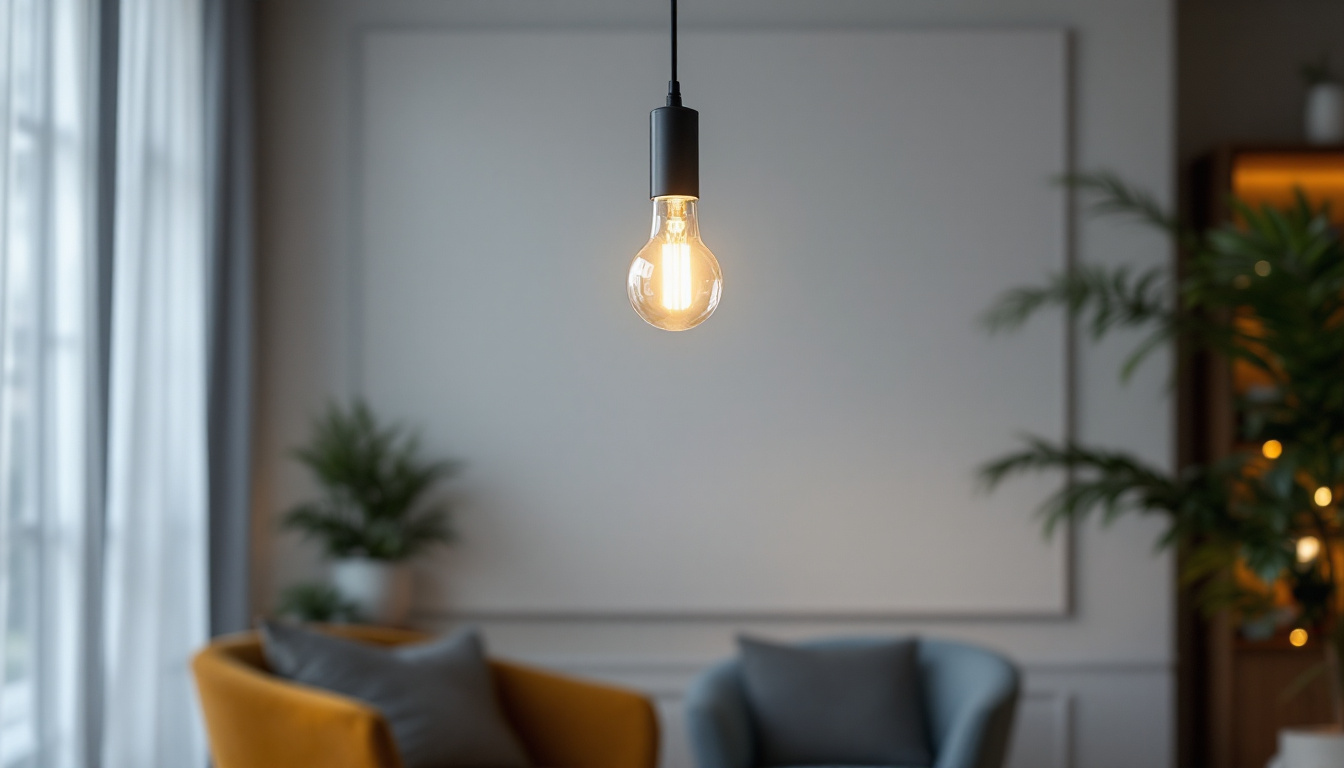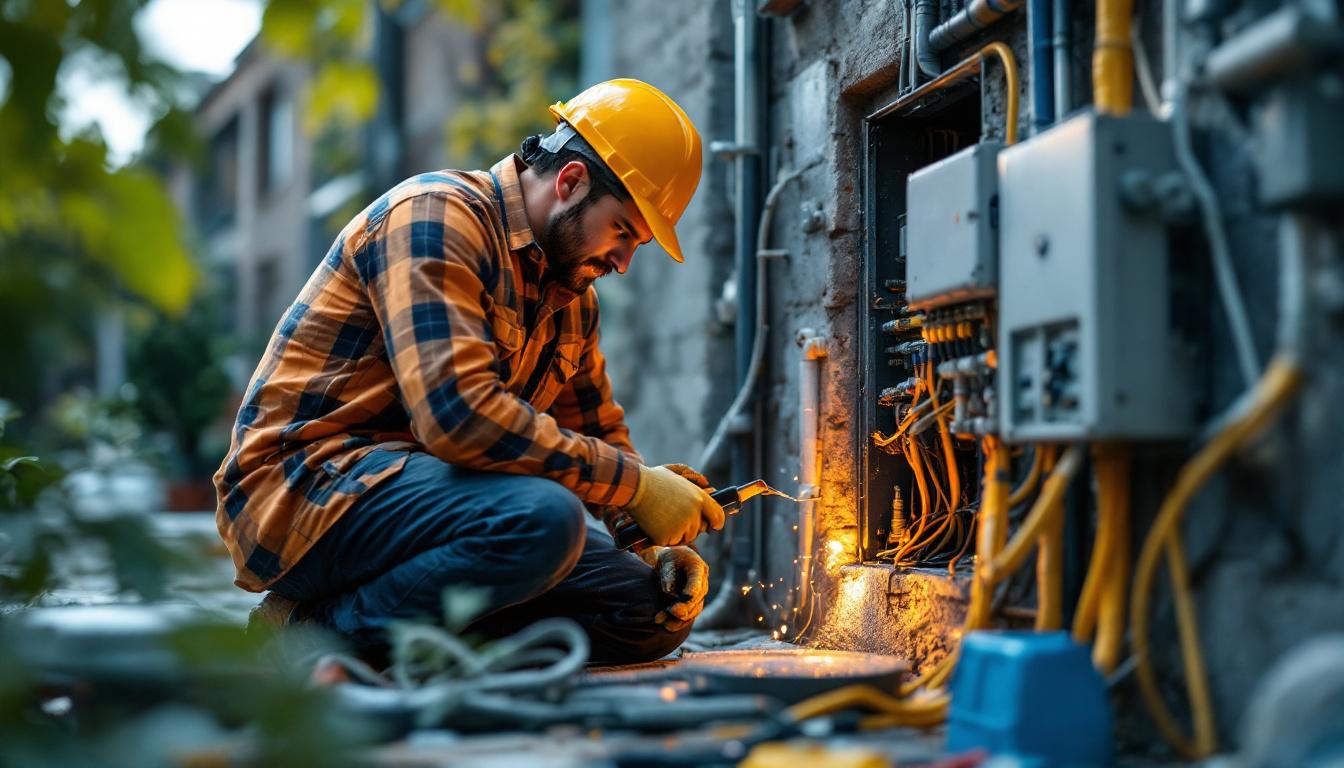
In the realm of outdoor and industrial lighting, high pressure sodium (HPS) lamps have long been a staple. Known for their distinctive yellow-orange glow, these lamps have illuminated streets, parking lots, and warehouses for decades. However, as technology advances, alternatives such as LED and metal halide lighting are gaining traction. This article delves into the pros and cons of high pressure sodium lighting compared to its alternatives, providing insights that lighting contractors can use to make informed decisions.
High pressure sodium lamps operate by passing an electric current through a mixture of sodium and other gases, producing light through a process called gas discharge. This technology has been favored for its efficiency and longevity, making it a popular choice for various applications. The unique spectrum of light emitted by HPS lamps, primarily in the yellow-orange range, has made them a staple in street lighting and industrial settings, where visibility and safety are paramount.
One of the most significant advantages of HPS lamps is their energy efficiency. They produce a high lumen output per watt, which translates to lower energy costs over time. Additionally, HPS lamps have an impressive lifespan, often lasting up to 24,000 hours, reducing the frequency of replacements and maintenance. This longevity not only saves money but also minimizes the environmental impact associated with the disposal of used lamps.
Another benefit is their ability to penetrate fog and rain, which makes them ideal for outdoor environments. The warm color temperature emitted by HPS lamps enhances visibility in adverse weather conditions, ensuring safety for drivers and pedestrians alike. This characteristic is particularly beneficial in urban areas, where streetlights need to perform reliably in various weather scenarios. Moreover, HPS lighting is often used in agricultural settings, where the specific light spectrum can promote plant growth and flowering, further showcasing its versatility.
Despite their advantages, HPS lamps come with notable drawbacks. The most prominent issue is their color rendering ability. HPS lighting has a low Color Rendering Index (CRI), which means it does not accurately represent colors. This limitation can be problematic in settings where color differentiation is crucial, such as art galleries or retail environments where product appearance is vital. In these cases, alternative lighting solutions like LED or metal halide lamps may be preferred.
Furthermore, HPS lamps take time to warm up and reach full brightness, which can be a disadvantage in situations requiring immediate illumination. Their bulky fixtures may also pose installation challenges, especially in areas with space constraints. Additionally, the high operating temperatures of HPS lamps can lead to increased cooling costs in enclosed spaces, making them less suitable for certain applications. As technology advances, many are turning to more modern lighting solutions that offer better energy efficiency, improved color rendering, and instant-on capabilities, leading to a gradual decline in the use of HPS lighting in some sectors.
As technology progresses, several alternatives to high pressure sodium lighting have emerged. Each option comes with its unique set of benefits and challenges, making it essential for lighting contractors to evaluate them thoroughly.
Light Emitting Diodes (LEDs) have revolutionized the lighting industry with their energy efficiency and versatility. Unlike HPS lamps, LEDs offer a wide range of color temperatures and excellent color rendering capabilities. This feature makes them suitable for various applications, from street lighting to architectural illumination.
One of the standout advantages of LED lighting is its remarkable lifespan, often exceeding 50,000 hours. This longevity significantly reduces maintenance costs and the need for frequent replacements. Additionally, LEDs are instant-on, providing immediate illumination without the warm-up time associated with HPS lamps. Furthermore, their low heat emission means that they not only save energy but also reduce cooling costs in indoor environments, making them an environmentally friendly choice.
Moreover, LEDs are highly adaptable and can be easily integrated into smart lighting systems. This integration allows for features such as dimming, motion sensing, and even color changing, giving users greater control over their lighting environment. As cities move towards smart infrastructure, the role of LED technology becomes increasingly significant, paving the way for more sustainable urban lighting solutions.
Metal halide lamps are another alternative that offers better color rendering than HPS. They produce a bright, white light that enhances visibility and color accuracy. This quality makes them popular in settings where aesthetics are important, such as sports facilities and retail spaces.
However, metal halide lamps have a shorter lifespan compared to HPS and LEDs, typically lasting around 15,000 hours. They also require a warm-up period to reach full brightness, which can be a drawback in certain applications. Despite these limitations, their superior color quality makes them a viable option for specific projects. Additionally, metal halide lights are often favored in environments where high-intensity lighting is crucial, such as in warehouses or manufacturing plants, where task visibility is paramount.
Another consideration with metal halide lighting is the potential for improved energy efficiency through newer technologies. Advances in lamp design and ballast technology have led to variations that provide better performance and lower energy consumption. As manufacturers continue to innovate, metal halide lamps are becoming increasingly competitive with LED options, particularly in scenarios where the quality of light is a top priority. This ongoing evolution ensures that metal halide lighting remains relevant in the ever-changing landscape of lighting technology.
When choosing between high pressure sodium and its alternatives, several factors come into play. Understanding the specific needs of a project is crucial for making the right decision.
Energy efficiency is a primary concern for many lighting contractors. HPS lamps are known for their high lumen output per watt, but LEDs have taken the lead in recent years. With advancements in LED technology, they now offer even greater efficiency, translating to lower energy bills for clients.
Moreover, LEDs’ ability to be dimmed and controlled with smart technology further enhances their energy-saving potential. This flexibility allows for tailored lighting solutions that can adapt to varying conditions and requirements.
Color rendering is another critical aspect to consider. HPS lamps, with their low CRI, can distort colors, which may not be ideal for all applications. In contrast, LEDs and metal halide lamps provide superior color accuracy, making them preferable for environments where visual clarity is essential.
From retail spaces that require vibrant displays to outdoor settings needing accurate color representation, the choice of lighting can significantly impact the overall aesthetic. Contractors must assess the importance of color rendering in their specific projects when making a decision.
Cost is often a determining factor when selecting lighting solutions. While HPS lamps may have a lower upfront cost, their operational and maintenance expenses can add up over time. In contrast, although LEDs may require a higher initial investment, their longevity and energy efficiency often result in lower total cost of ownership.
When evaluating costs, contractors should consider both the initial investment and long-term savings. HPS lamps are generally cheaper to purchase, but their shorter lifespan and higher energy consumption can lead to increased expenses over time.
LEDs, while more expensive upfront, can offer significant savings in energy bills and maintenance costs. This long-term perspective is essential for clients looking to maximize their return on investment.
Installation costs can vary depending on the type of lighting chosen. HPS fixtures are often bulkier and may require more extensive installation efforts, especially in retrofitting scenarios. In contrast, LED fixtures are typically more compact and easier to install, which can lead to lower labor costs.
Maintenance is another critical factor. HPS lamps require periodic replacements, which can be costly and time-consuming. LEDs, with their extended lifespan, reduce the frequency of maintenance visits, offering a more cost-effective solution in the long run.
As sustainability becomes a focal point in the lighting industry, the environmental impact of lighting choices is increasingly scrutinized. High pressure sodium lamps contain hazardous materials and are less environmentally friendly compared to their alternatives.
High pressure sodium lamps consume a significant amount of energy, contributing to higher carbon emissions. In contrast, LED lighting is designed to be energy-efficient, significantly reducing overall energy consumption and carbon footprint. This aspect is particularly appealing to environmentally conscious clients.
Moreover, the longevity of LEDs means fewer lamps end up in landfills, further reducing their environmental impact. Contractors should consider the sustainability goals of their clients when recommending lighting solutions.
Another environmental consideration is the recyclability of lighting products. Many LEDs are designed with recyclable materials, making them a more sustainable choice. In contrast, HPS lamps often require special disposal methods due to the hazardous materials they contain, which can complicate the end-of-life process.
Contractors should educate clients about the importance of proper disposal and recycling options, promoting environmentally responsible practices in their projects.
Choosing the right lighting solution is a multifaceted decision that requires careful consideration of various factors, including energy efficiency, color rendering, cost, and environmental impact. While high pressure sodium lamps have been a reliable option for many years, the advancements in LED and metal halide technologies present compelling alternatives.
Lighting contractors must assess the specific needs of each project, considering the preferences of their clients and the intended application. By staying informed about the latest developments in lighting technology, contractors can provide tailored solutions that meet the demands of modern lighting projects.
Ultimately, the goal is to deliver effective, efficient, and sustainable lighting solutions that enhance safety, aesthetics, and functionality. As the industry continues to evolve, embracing innovative technologies will be crucial for lighting contractors looking to remain competitive and meet the changing needs of their clients.
Ready to elevate your lighting game? Look no further than LumenWholesale for a seamless blend of quality, affordability, and convenience. Our spec-grade lighting products set the standard for excellence, offering you the high-performance solutions you need for any project. Say goodbye to inflated markups and hello to unbeatable wholesale prices, complete with the ease of bulk buying and free shipping. Don’t compromise on your lighting needs—choose Wholesale Lighting at the Best Value and make LumenWholesale your go-to source for superior lighting products.

Discover how garage lamp fixtures can revolutionize the workflow for lighting contractors, offering significant time and cost savings.

Discover the top floodlight motion sensors to enhance your outdoor lighting solutions.

Discover the ultimate checklist for lighting professionals focusing on single hanging lights.

Discover essential tips and expert advice from leading lighting contractors on choosing and installing weatherproof electrical boxes.